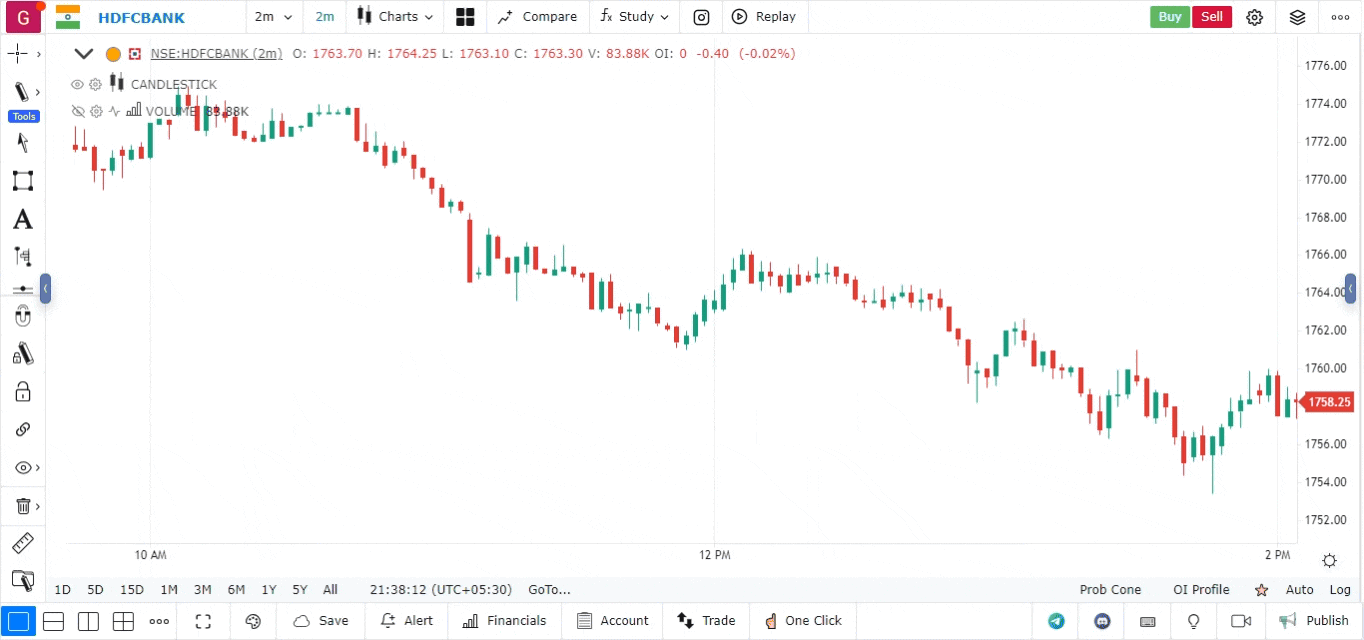Money Flow Index (MFI) Indicator
The Money Flow Index (MFI) is a momentum indicator that measures the flow of money into and out of a security over a specified period. Unlike other momentum indicators, the MFI incorporates both price and volume data, making it a valuable tool for assessing market strength and potential price reversals.
Overview of Money Flow Index Indicator
The MFI is often referred to as the “volume-weighted RSI” because it behaves similarly to the Relative Strength Index (RSI) but includes volume in its calculations. It ranges from 0 to 100 and is commonly used to identify overbought or oversold conditions, as well as potential trend reversals.
Key Features of Money Flow Index Indicator
- Volume Incorporation: The MFI uses both price and volume data to assess buying and selling pressure, providing a more comprehensive view of market dynamics.
- Overbought and Oversold Levels: Typically, an MFI above 80 indicates overbought conditions, while an MFI below 20 indicates oversold conditions.
- Divergence Signals: The MFI can signal potential trend reversals through divergences between the MFI line and the price action.
How to Use Money Flow Index Indicator
- Open the platform:
- Log in to your account.
- Load the chart for the asset you wish to analyze.
- Select the Timeframe:
- Choose an appropriate timeframe for your analysis, such as daily, weekly, or intraday charts, depending on your trading strategy.
- Add the Money Flow Index Indicator:
- Navigate to the Indicators section in the platform interface.
- Search for Money Flow Index.
- Click to add the indicator to your chart, which will typically appear as a line graph below the price chart.

- Interpret the Indicator:
- The MFI will display values that fluctuate between 0 and 100.
- Look for levels above 80 (overbought) and below 20 (oversold) to gauge market conditions.
- Make Trading Decisions:
- Overbought and Oversold Conditions: When the MFI is above 80, consider potential selling opportunities, and when it is below 20, consider potential buying opportunities.
- Divergence Signals: Watch for divergences between the MFI and price action. For instance, if the price is making new highs but the MFI is not, this could signal a weakening trend and a potential reversal.